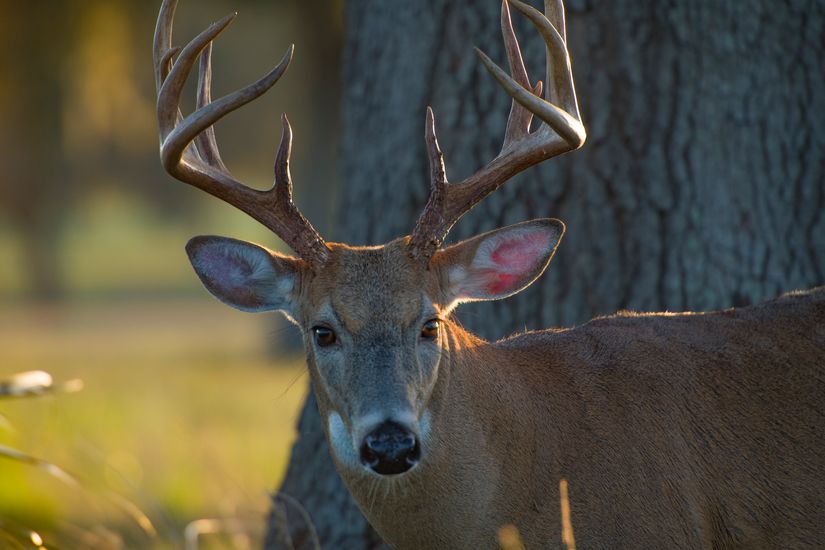Identifying Strengths and Weaknesses in Habitat


If you want to do it right, managing wildlife habitat requires a serious investment in time and resources. The process begins with setting objectives. The next step involves evaluating existing conditions to identify what’s there and what’s missing. When addressing habitat weaknesses, wildlife managers sometimes use the analogy of a water bucket. You can pour in as much as you want, but the bucket will only hold water up to the lowest hole. Start by patching that, then work your way up.
Setting Goals and Understanding Habitat Basics
Wildlife habitat is defined as food, water, cover, and the juxtaposition of those elements. Identifying strengths is less urgent because those needs are already being met. Still, it’s helpful to know where they are so your attention can be focused elsewhere.
Your plan should also include which wildlife species the land is being managed for. Some have different habitat requirements, and lacking one represents a hole in the bucket. Some may overlap, and habitat components that meet the needs of multiple species could be a strength. Lastly, recognize how different habitat elements interact.
Seasonal and Species-Specific Needs

Most of the attention goes toward improving fall habitat, which is often a strength. However, suppose the goal is to attract and hold more wildlife over a longer period. In that case, the management plan should consider how the various needs of different wildlife species vary throughout the year.
Gamebirds like turkeys, grouse, and quail have similar but not identical habitat preferences. They are ground-nesters and need sufficient dense ground-nesting cover, which might be found in fallow fields, CRP plots, and even slash piles left by timber harvest. Once young are hatched, they will need brooding cover to protect them from predators and the elements.
Similarly, newborn fawns need cover. Research has shown that protective cover is more effective than predator control when increasing fawn recruitment. Fawns get their food from does; they need a steady diet of high-protein plants in spring and summer.
Food requirements for gamebirds are also similar and vary throughout the year. In spring and summer, adults eat mostly herbaceous plants, which fields and food plots can provide. Young birds need a high-protein diet of invertebrates to fuel growth, which increases the importance of open areas like fields and provides an abundance of late-summer food when grasses and forbs die and go to seed.
As summer wanes, gamebirds and deer shift their diets toward foods that will fatten them for winter. This begins with soft mast species like berries, apples, and pears, then shifts toward hard masts like chestnuts and acorns. A sufficient supply of all the above ensures all species groups, so the land should provide a good supply of both.
Habitat Challenges and Gaps
Winter is a time of scarcity, a bottleneck for survival, and widening that bottleneck improves survival for all. Deer need protection from the elements, particularly in northern areas. Gamebirds need roost trees, and softwoods provide more protection for both groups.
Water is the essence of life and includes both available or open water for drinking and soil moisture to promote plant growth. This is especially important if you’re managing land for waterfowl, which also need dense nesting cover. You might consider building ponds or tanks, irrigation, or even drilling a well if water is lacking.
A property can have all the necessary habitat components in the proper amount, but still be deficient. If wildlife has to travel far or over the open ground between cover and food, they use more energy and increase their exposure to danger. Having various cover types nearby increases the importance of each. It is also important to consider adjacent or nearby properties. If your property is weak in one element but your neighbor’s is strong, the needs of local wildlife may still be met. Of course, that means critters may spend more time off your property.
Managing for Long-Term Success
Managing habitat is like managing investments. It is usually best to manage conservatively and avoid hedge funds (pun intended). It’s okay to have a few quick-growing, short-term investments like annual food plots that will pay off big if the markets (environmental conditions) work in your favor. More resources should be invested in slow-growth opportunities like hard and soft masts that will pay off perennially over the long term. Find the pitfalls in your portfolio, and the gains will compensate for the losses.


